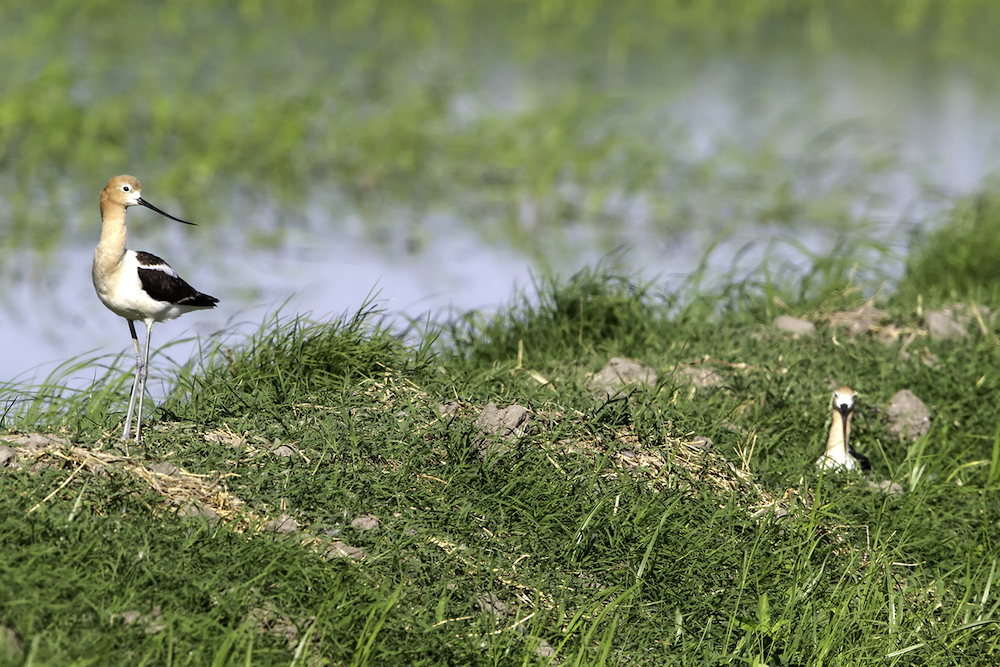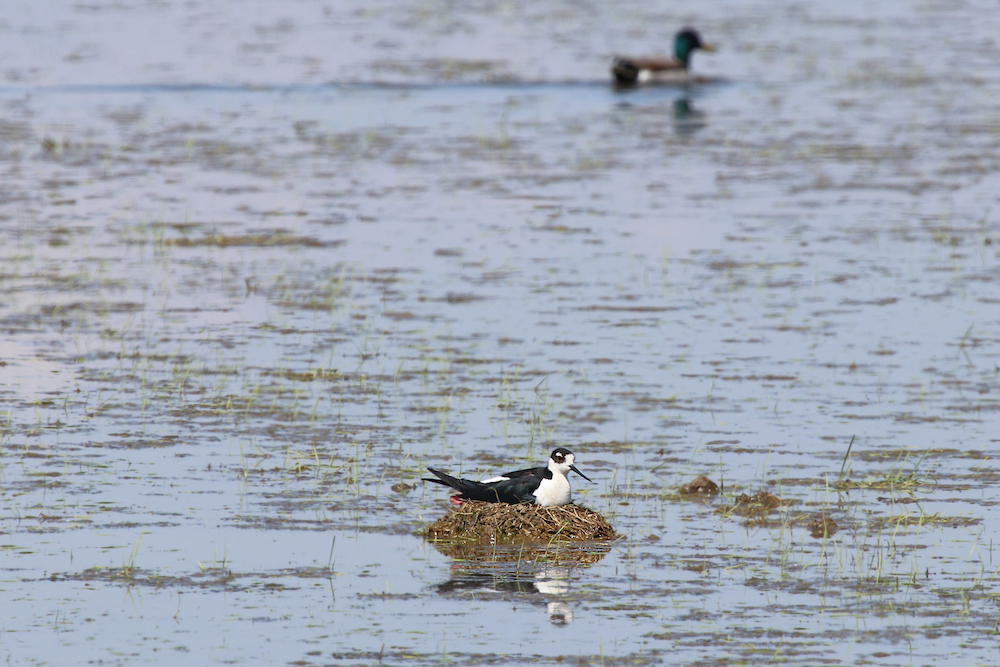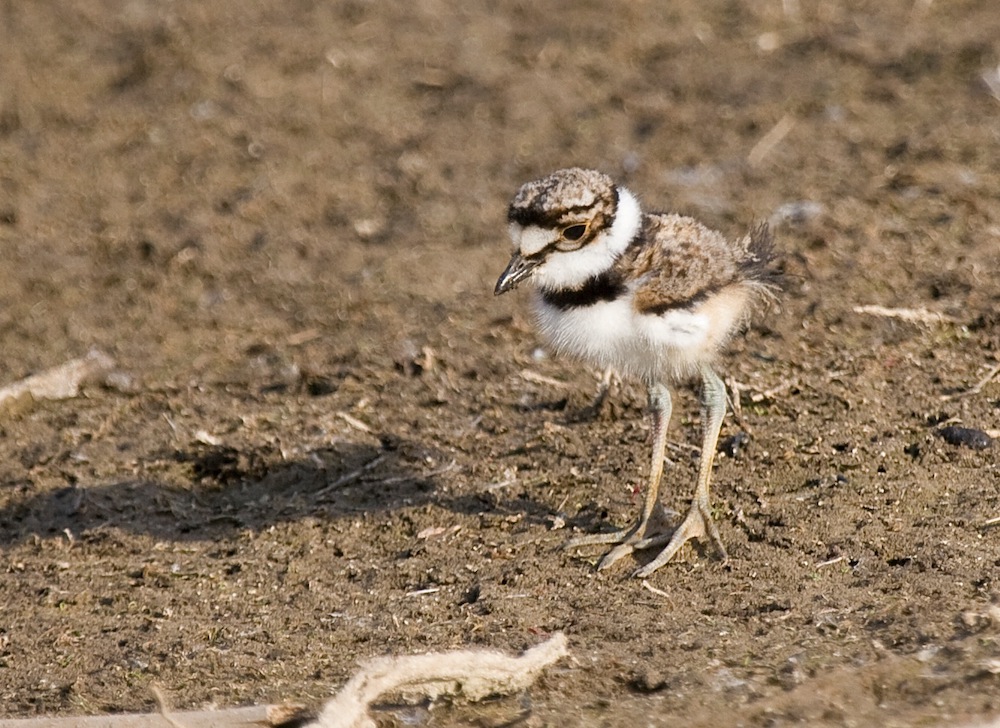Resident Shorebirds in the Sacramento Valley
By Luke Matthews
Sacramento Valley rice country hosts an abundance of shorebird species throughout the year; however, the vast majority of them are migratory, only using this region as a stopover location. There are only a few species that consider this region their home; American Avocets, Black-necked Stilts, and Killdeer. These three species can be found year round throughout the Sacramento Valley and are known to nest in or near rice fields during the late spring and summer months.

American Avocets typically spend the winter months in coastal habitat. During their winter, avocet migrations range down to Southern Mexico and east along the coast to Florida. Nesting occurs mostly on the western edge of the Rockies and up into Canada; however, there are resident populations that nest in Mexico and Central California. Avocets nest on the ground near the water’s edge or on small islands to avoid predation. These nests are typically built directly on ground in open areas with little to no vegetative cover.

Black-necked Stilts have resident populations scattered across the United States, Mexico, and South America. In addition to the residents, there are migratory populations that breed in the northern boundaries of the United States and winter in Mexico or Central America. Stilts, like Avocets, build their nests on open ground near water, on islands, or on small dirt mounds just above the water. In fact, Stilts and Avocets will often nest together in loose mixed species colonies. These nesting colonies provide a higher level of predator vigilance and increased safety.

Killdeer have resident populations throughout most of the United States. There are some migratory populations in the North Eastern United states that winter in Mexico, Central America and the tip of South America. Killdeer, like Avocets and Stilts, nest directly on the ground with little to no cover from vegetation. Killdeer, however, do not nest in colonies and their nests are not commonly found in close proximity to water. In fact, their nests are often placed in open areas with good visibility and are commonly found on gravel roads and parking lots.
As spring is turning to summer, our resident shorebird nests will begin to hatch. If you are heading out to wetlands or ricelands in the coming weeks you might be able to catch a glimpse of these awkward hatchlings, which have not yet grown into their oversized legs and long bills.
Luke Matthews is the Wildlife Programs Manager for the California Rice Commission






